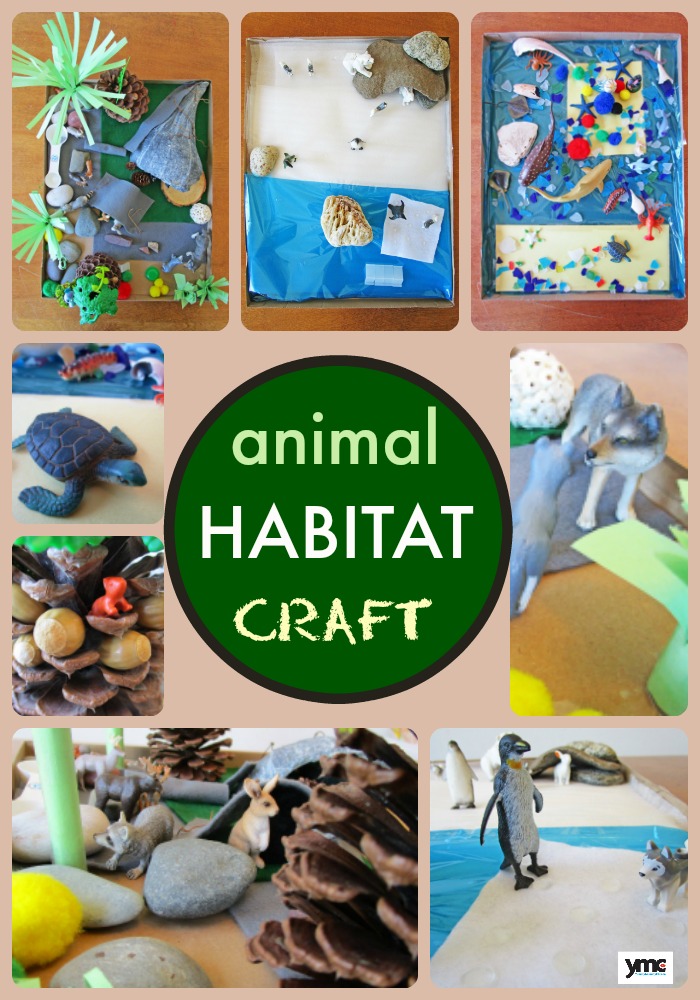
Last week, our area experienced high winds resulting in a massive storm surge.
The ocean made its way well onto the shore and brought with it a fair amount of flotsam and jetsam. At the end of our pathway, seaweed and driftwood were tangled together with dead crabs, and plastic bottles. The mangled debris – both natural and manufactured - was enough to prompt a conversation about habitats with my seven-year-old daughter.
Habitats are like well-oiled machines. But if just one thing is removed, everything else is impacted. In fact, even small changes to ecosystems are enough to potentially affect plant and animal life within that habitat – and beyond.
One way for kids to see how habitats function, is to have them make a one. Or a few.
For the Woodland Habitat, my daughter used a measuring spoon as a river, felt for a rabbit hole, a broken seashell as a cave, rolled and cut paper as trees and shrubs, pinecones as trees and rocks as… rocks.

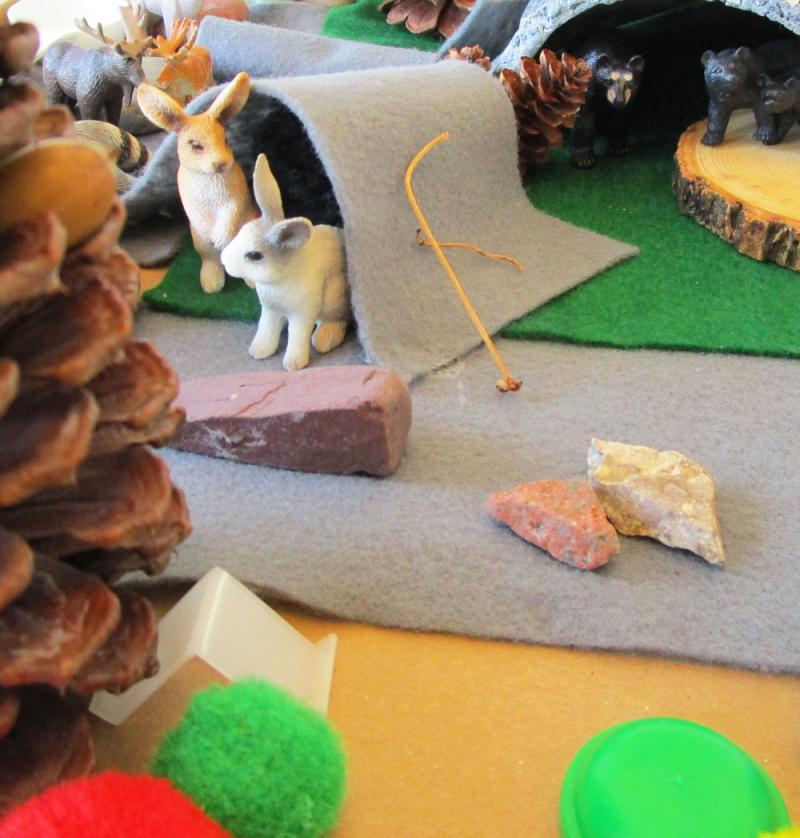
"Jack, everyone has been talking about us since we moved in together. I'm telling you. I can HEAR them."
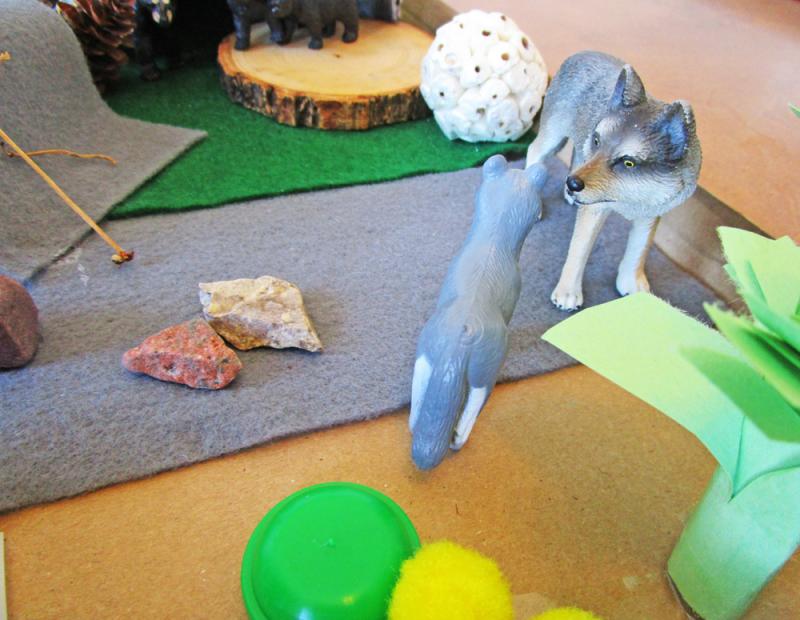
"What do you mean you let the mice go? Are you freakin' kidding me?"
For the Arctic Habitat, my kiddo used white felt, blue cellophane, stones and little bumpy stickers we use to keep our cupboard doors from banging when closed.

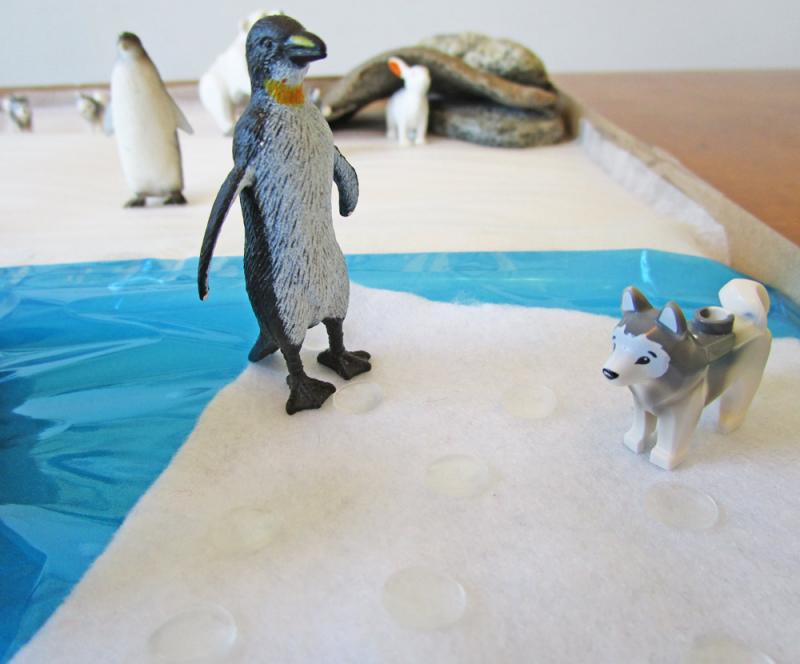
"And then the hare says to the seal, 'But I thought it was Thursday'! Get it? THURSDAY!"
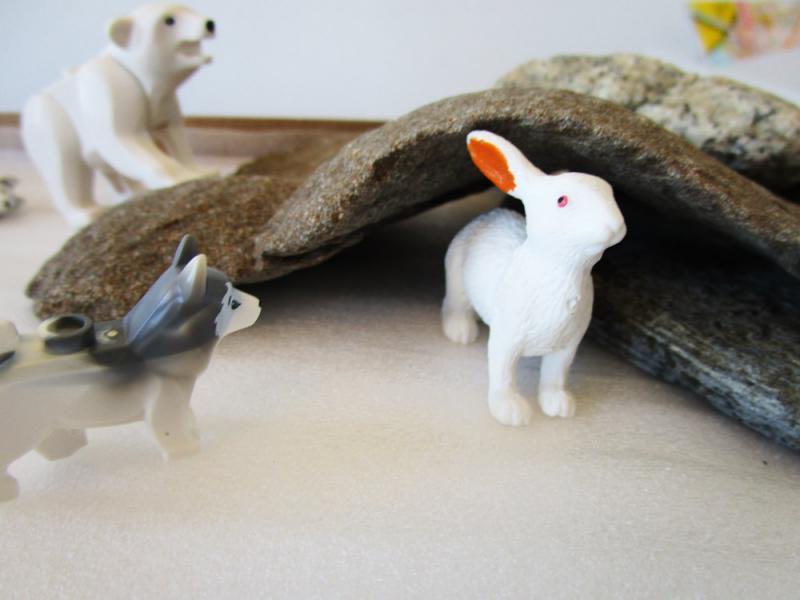
"Build a house here, you said. It'll be safe, you said."
And for the Ocean Habitat she included cellophane, beach glass, pompoms, seashells, and sparkly stickers.
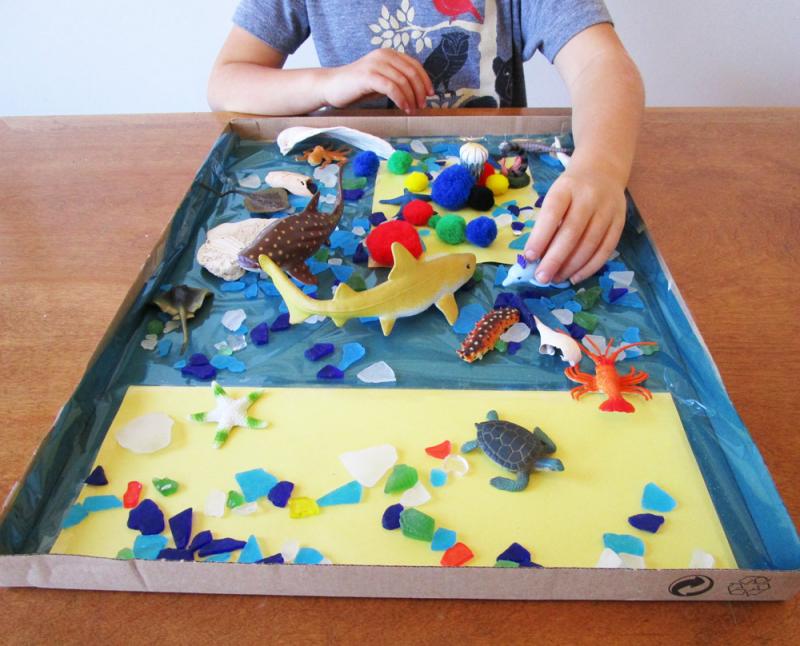
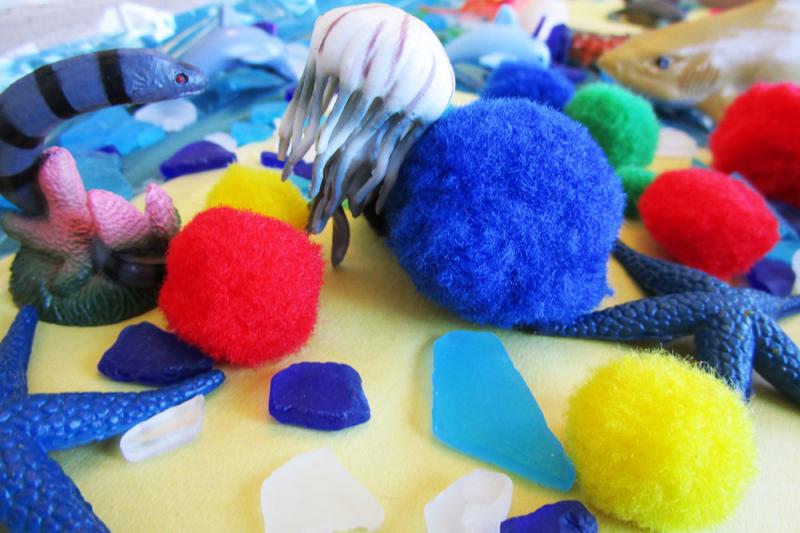
And that's when the jellyfish realized his days were numbered.
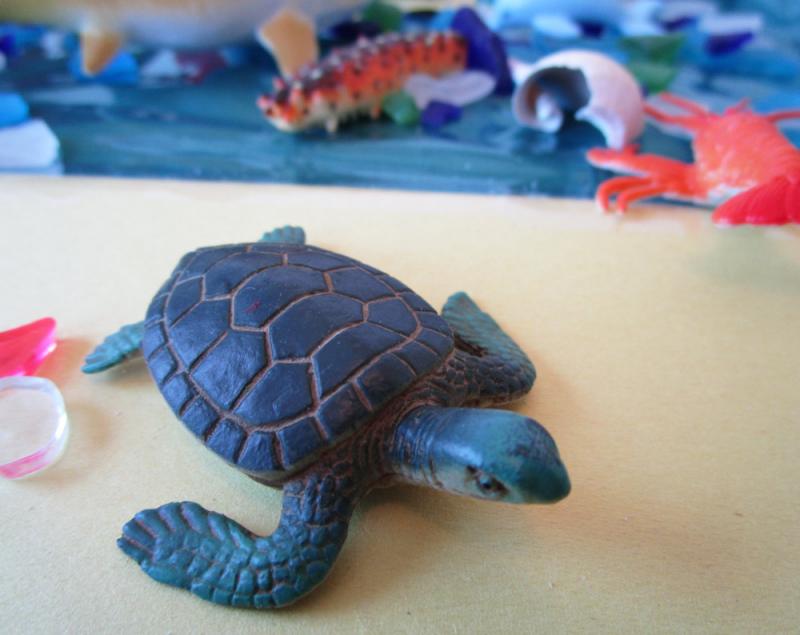
"Ok. Has anyone seen my hat?"
We’ve all talked with our kids about the environment. It’s a no brainer. A clean environment is a healthy environment and a dirty environment, isn’t. But exactly how to keep the earth healthy, isn’t so easy. Sure, we can clean up the garbage in our immediate area (which is what we did on our beach after the storm) but when it comes to the bigger picture, kids can sometimes feel powerless. This is where the idea of “if everyone chips in, big things can happen” comes into play.
If you would like to learn about what you and your family can do in your neighbourhoods (and beyond) to help protect habitats, visit Earth Day Canada, Eco Kids, The David Susuki Foundation, Earth Rangers and Enviroment Canada.
Also, for more ideas on how to live "green" don’t miss YMC’s 50 Shades of Green blog written by Gwen Leron.
